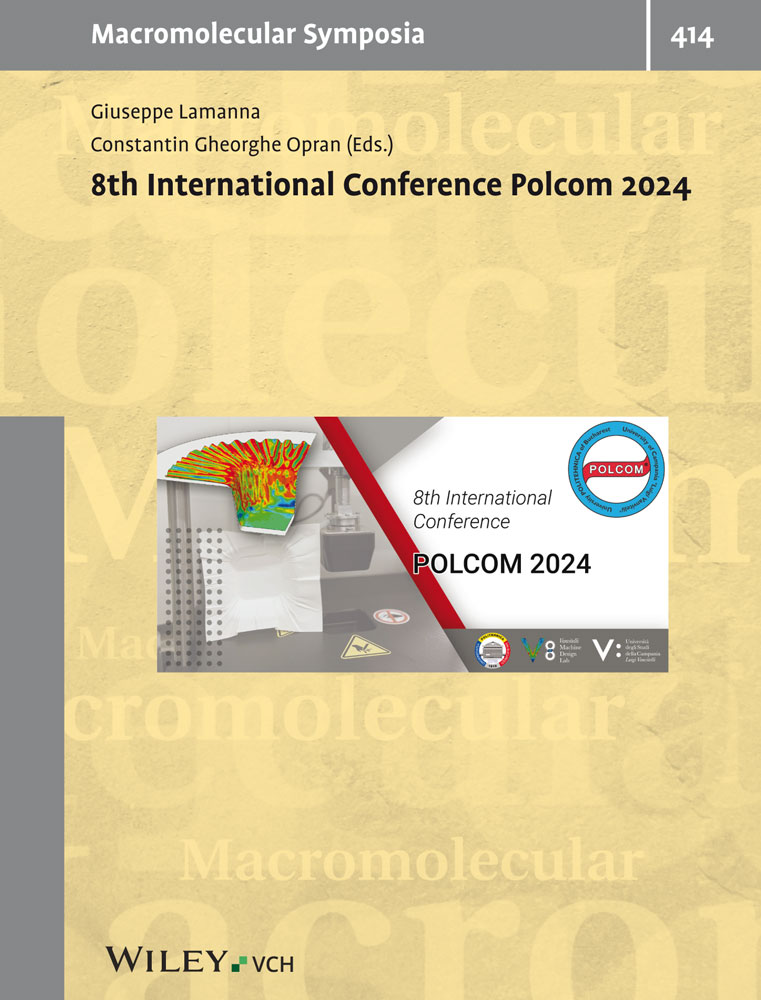Encapsulation of living cells with polymeric systems
Abstract
Microencapsulation of cells producing recombinant proteins or hormones leads to immunoprotection and immobilization in culture or in vivo. We are investigating three different strategies for the production of calcium cross-linked alginate beads of a small size with immobilized and immunoprotected mammalian cells: a) the AirJet technology (coaxial gas flow extrusion), b) the vibrating nozzle technology, and c) the JetCutter technology. A alginate/poly-L-lysine/alginate complexation was used as the polymeric system. All three methods may be used for production of homogeneous beads with a diameter of approximately 350 μm. While the vibrating nozzle technique was limited to an alginate viscosity of 0.2 Pa·s or less, the AirJet and JetCutter technology were less sensitive to higher viscosities. High frequency Scanning Acoustic Microscopy is used for mechanical characterization of the microspheres as well as for investigation of surface properties.




